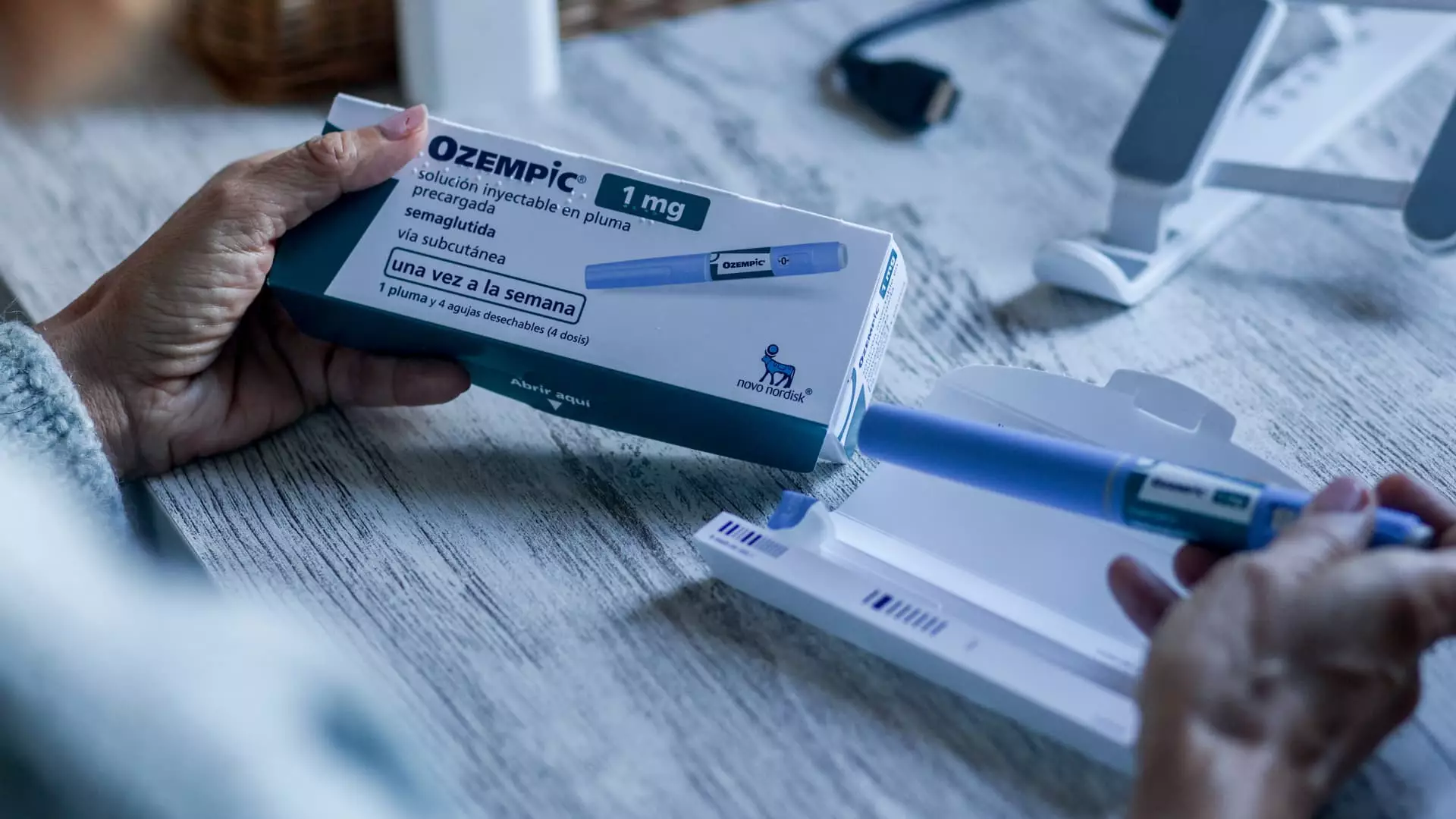The demand for weight loss drugs, particularly GLP-1s, in the United States is on the rise despite limited insurance coverage and high price tags. A recent survey conducted by Evercore ISI shed light on the willingness of patients to pay out of pocket for these treatments, revealing a stark income divide. Participants with annual incomes exceeding $250,000 expressed a willingness to pay over $300 per month for a GLP-1, while those earning less than $75,000 were only willing to pay $50 or less. This significant difference in willingness to spend raises concerns about equity in access to these breakthrough medications.
GLP-1 treatments come with a hefty cost ranging from $900 to $1,350 before insurance coverage and discounts. Despite the high price, more than half of current GLP-1 users reported paying $50 or less out of pocket each month, with a significant portion of former users and potential users expressing reluctance to pay higher amounts. This disparity in spending preferences indicates a clear correlation between income levels and the willingness to invest in weight loss drugs, highlighting the financial barriers faced by individuals with lower incomes.
The survey also delved into the duration of GLP-1 treatment among participants, revealing that over 80% of former users discontinued the therapy within 12 months. Reasons for discontinuation varied from financial constraints to achieving weight loss goals or experiencing side effects. Despite these challenges, nearly half of current users expressed intentions to remain on the treatment permanently, underscoring the perceived value of GLP-1s in managing weight and other health conditions.
One concerning trend observed in the survey was the weight regain experienced by former GLP-1 users after discontinuing the treatment. A significant proportion reported gaining back some or all of the lost weight, indicating the potential for relapse without ongoing medication support. However, the majority of participants across all groups expressed willingness to restart the treatment if needed, emphasizing the perceived benefits of GLP-1s in weight management.
GLP-1s were found to have a notable effect on participants’ eating and drinking behaviors, with over 70% reporting reduced food intake while on the treatment. This appetite-suppressing effect is a key mechanism of action for GLP-1s, which mimic gut hormones to regulate hunger and blood sugar levels. Additionally, a majority of participants without preexisting conditions noted a decrease in alcohol consumption while taking a GLP-1, indicating potential lifestyle changes associated with these medications.
The income-based disparities in the demand for weight loss drugs underscore the challenges faced by individuals of lower socioeconomic status in accessing innovative treatments. While GLP-1s show promise in managing weight and related health conditions, affordability remains a significant barrier for many patients. As healthcare providers and policymakers work to address these disparities, it is essential to consider the financial implications of prescription medications on vulnerable populations and explore avenues for improving access to much-needed treatments.

